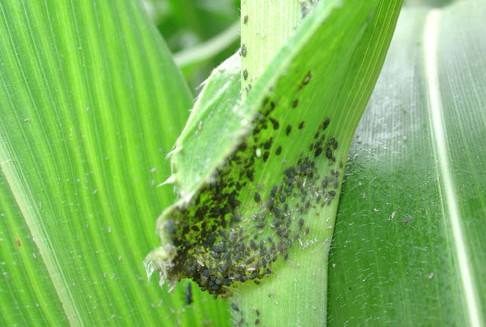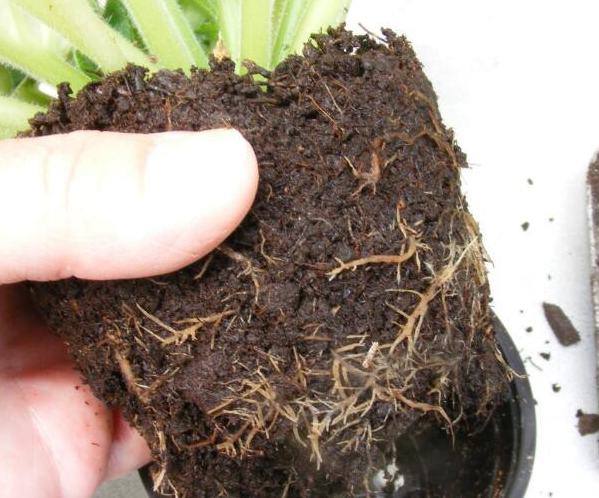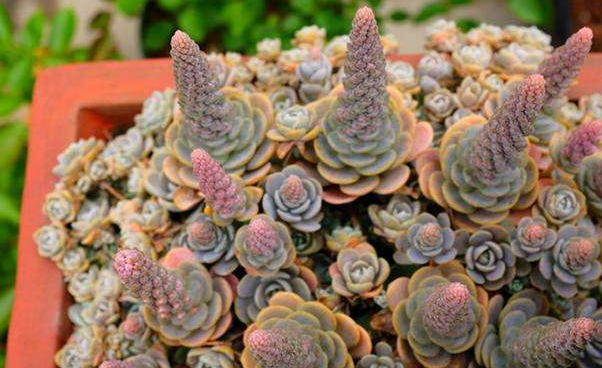What are the effective identification and control methods of the most common diseases and insect pests in family flower cultivation?
Indoor flowers and green plants can make up our life and office space, link pressure, is a very good hobby, but at present, the occurrence of flower diseases and insect pests is also very easy to encounter. How to make good use of flowers to beautify our life, the prevention and control of diseases and insect pests is one of the important links in how to make good use of flowers to beautify our lives, and the prevention and control of diseases and insect pests is one of the important links, and family flower cultivation is limited by time and place. therefore, in the prevention and control of diseases and insect pests is different from other conditions of cultivation, the principle of pest control is "prevention, comprehensive control", "prevention" is the main, "treatment" is secondary. How can we achieve such a goal, and what good and effective prevention and control methods are there? The editor summed up several kinds of flower cultivation of the most common symptoms of diseases and insect pests and effective prevention and control methods, tips will begin immediately.

Aphid disease
Aphids are herbivorous insects that usually occur on the back or side of the leaves, which prevent plant growth, resulting in bending, twisting, leaf spots, yellowing, curling leaves, reduced growth rate, withering and death. It is more common in spring and autumn.
Solution:
1. Aphids should be glued with cotton swabs or pinched off directly by hand.
2. If the pest is not serious, you can use insecticide or soapy water to wipe the worms. In serious cases, you need to use drugs such as Huashen or aphid lice, and spray them according to the prescribed dose.
Powdery mildew
Powdery mildew is a common disease in plants. Flowers such as chrysanthemum, rose, rose and impatiens are easy to be infected. The leaves of flowers infected with powdery mildew will form a white powder layer, the leaves will be wrinkled and uneven, the leaves will curl outward, the top will be slightly yellow, and in severe cases, the leaves will be covered with small black spots.
Solution:
1. Clean the infected leaves to avoid infection.
2. Spray. Chlorothalonil, methyl thiophanate and mancozeb are all good choices, diluted according to the proportion described by the agent, and then sprayed on the surface of infected leaves and on the soil of flowers to prevent germs from multiplying in the soil.
3. Powdery mildew likes moist and humid environment most, so we must pay attention to maintaining ventilation and pruning flowers in time to prevent the re-invasion of powdery mildew.
Scale disease
It usually occurs in the lower part of the plant and is distributed on the stems or leaves of the plant.
Solution:
1. Use a toothpick or wash it off with a strong current, and isolate it to block transmission to other flowers.
2. When the situation is not serious, it can be scrubbed with water and alcohol solution to play the role of complete insecticidal and sterilization.
3. If the situation is serious, you need to spray insecticides such as chlorhexidine or flower protection, and then pay attention to ventilation and moisturizing to avoid exposure to the sun.
Time: 2019-04-22 Click:
- Prev

The medium that plants can breathe-perlite is essential for non-rotting roots.
At the beginning of learning to grow flowers, everyone's first reaction was to dig some soil outside and plant the flowers directly, but as soon as they were watered and the weather was hot, they found that the plants wilted day by day. When they pulled it up and looked at it, they often felt heartache to see a pile of rotting roots and dripping water.
- Next

Will the lotus flower die after flowering?
The leaves of lotus flower are beautiful and have certain ornamental value. Nice blossom. When does the lotus blossom? Will the lotus blossom die? The following small series will introduce you to one or two. The lotus flower mainly blooms in autumn. The lotus flower is very vigorous. It can last from September to November in Jinan.
Related
- Fuxing push coffee new agricultural production and marketing class: lack of small-scale processing plants
- Jujube rice field leisure farm deep ploughing Yilan for five years to create a space for organic food and play
- Nongyu Farm-A trial of organic papaya for brave women with advanced technology
- Four points for attention in the prevention and control of diseases and insect pests of edible fungi
- How to add nutrient solution to Edible Fungi
- Is there any good way to control edible fungus mites?
- Open Inoculation Technology of Edible Fungi
- Is there any clever way to use fertilizer for edible fungus in winter?
- What agents are used to kill the pathogens of edible fungi in the mushroom shed?
- Rapid drying of Edible Fungi

